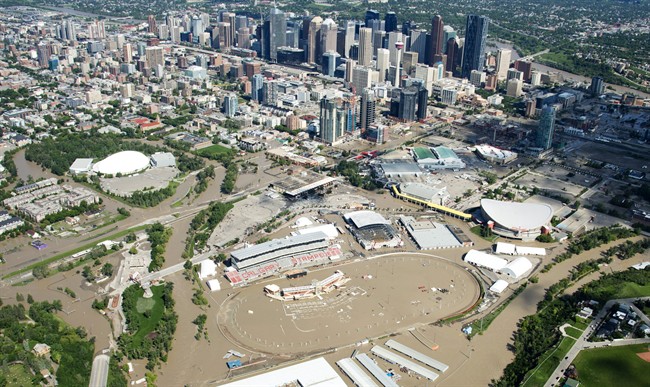CALGARY- The province has put its Chief Medical Officer of Health in charge of Alberta’s public health response as flood recovery efforts move forward.

“The consolidation allows us to ramp up resources while providing better communication,” Health Minister Fred Horne said at a media conference in Edmonton on Wednesday morning.
Dr. James Talbot will report directly to the health minister and work with Alberta Health Services to ensure all priority public health issues are being addressed.
“Right now the biggest public health issue is water and sewage and getting things back to normal for Albertans,” Dr. Talbot explained.
Getting back to normal means ensuring communities are safe enough to allow residents to return. Dr. Talbot will oversee the implementation of the public health inspection plan. An additional 30 health inspectors are available to help from other areas of the province with up to 80 more available from BC., Saskatchewan and Manitoba.
“The first thing they need to be sure of is the water supply is safe for communities and sewage is being treated properly,” Dr. Talbot explains.
The next priority for health inspectors are buildings that deliver key services including police stations, fire stations, hospitals and continuing care centres. After that, Talbot says inspectors will move on to things like grocery stores and places people gather in large numbers like student residences and hotels.
Inspections will begin as soon as communities are declared safe to enter.
The province is also circulating a booklet with information on how flood victims can safely return to their homes. Dr. Talbot says the flood still poses a threat to the public and it’s important that everyone take precautions.
“We have been blessed with a low number of fatalities. It would be a tragedy to have a child die of E. coli or food poisoning because proper steps weren’t taken.”
There is also an increase risk of some diseases and infections in affected areas. One evacuation centre experienced a small outbreak of diarrhea but Dr. Talbot says Norovirus, Rotavirus, salmonella, E. Coli and hepatitis A are all a concern.




Comments